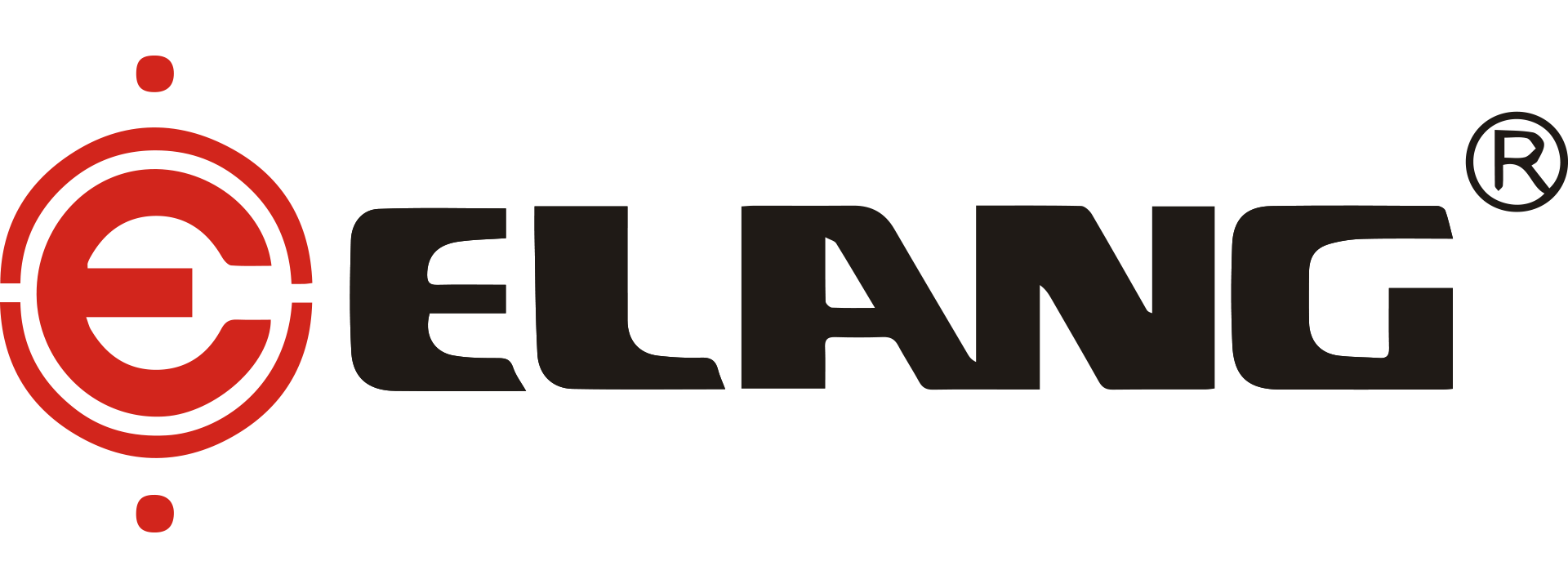02. What is The Lubrication Principle of Lubricating Oil?
The lubrication principle of lubricating oil is to reduce friction, which refers to the existence of a relative contact surface called the friction surface when two relative moving surfaces undergo relative displacement under external forces. There are many types of friction phenomena, including external friction, internal friction, sliding friction, rolling friction, dry friction, boundary lubrication friction, fluid lubrication friction, mixed lubrication friction, etc. The apparent phenomena caused by friction, such as high temperature, high pressure, noise, wear, etc. The most harmful type among them is wear, which includes adhesive wear, abrasive wear, corrosion wear, surface fatigue wear, etc. It directly affects the normal operation and even failure of mechanical equipment.
The function of lubricating oil is to form a protective film between two friction surfaces, avoiding direct contact between metals, thereby buffering the frictional force, providing lubrication, reducing wear, and ensuring normal mechanical operation. This type of protective film can be a physical adsorption film, a chemical adsorption film, or an oxide film, and the thickness and strength of the film directly affect the lubrication effect.
The lubrication function of ordinary lubricating oil is mainly to form an oil film between the friction surfaces for protection. The lubrication theory of lubricating oil relies on the formation of an adsorption film by additives on the friction surfaces for protection. The base oil itself only serves as a sealing effect between the additive carrier and the friction surface, and the lubrication function of the oil film has been relegated to a secondary position.
